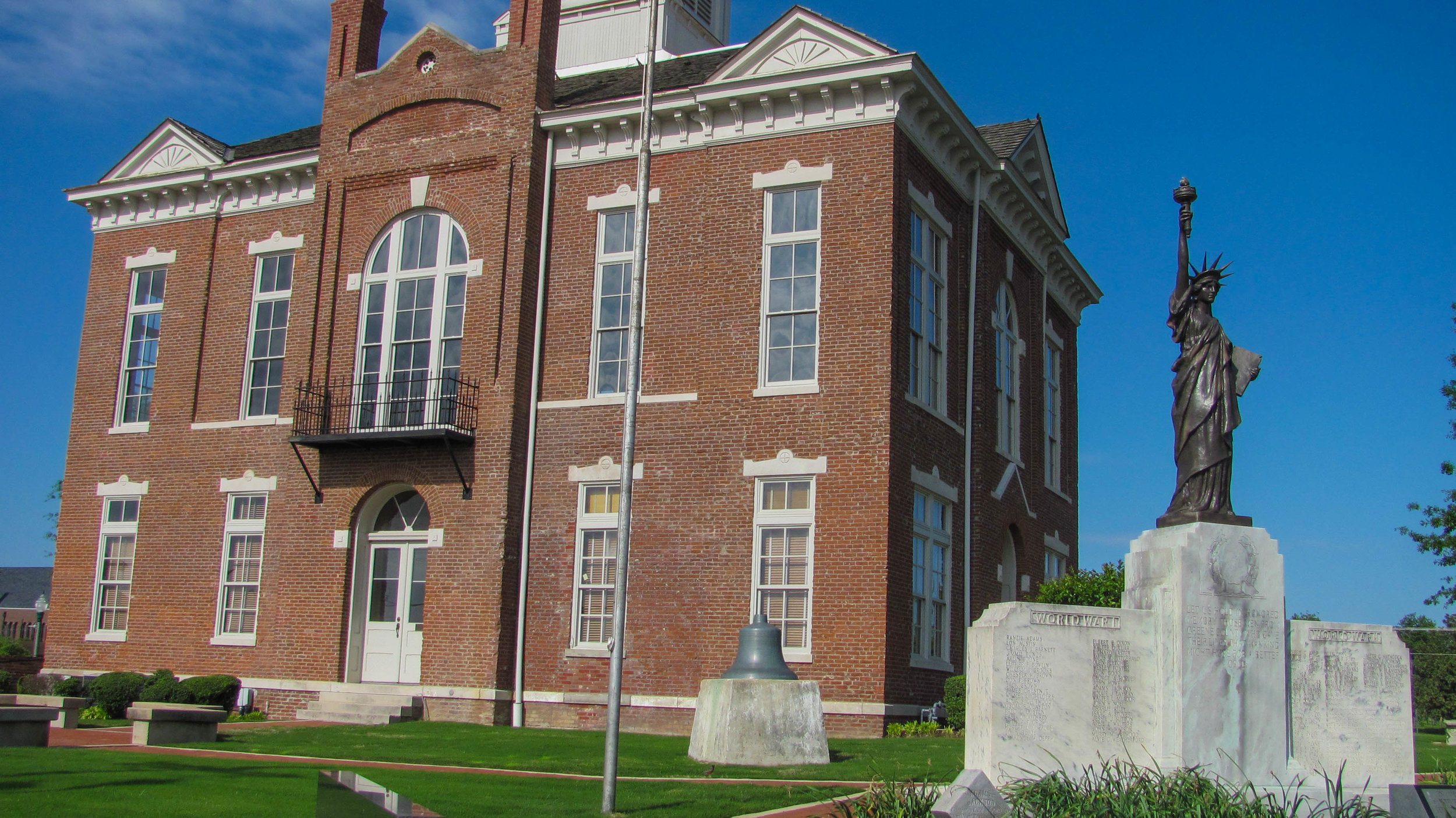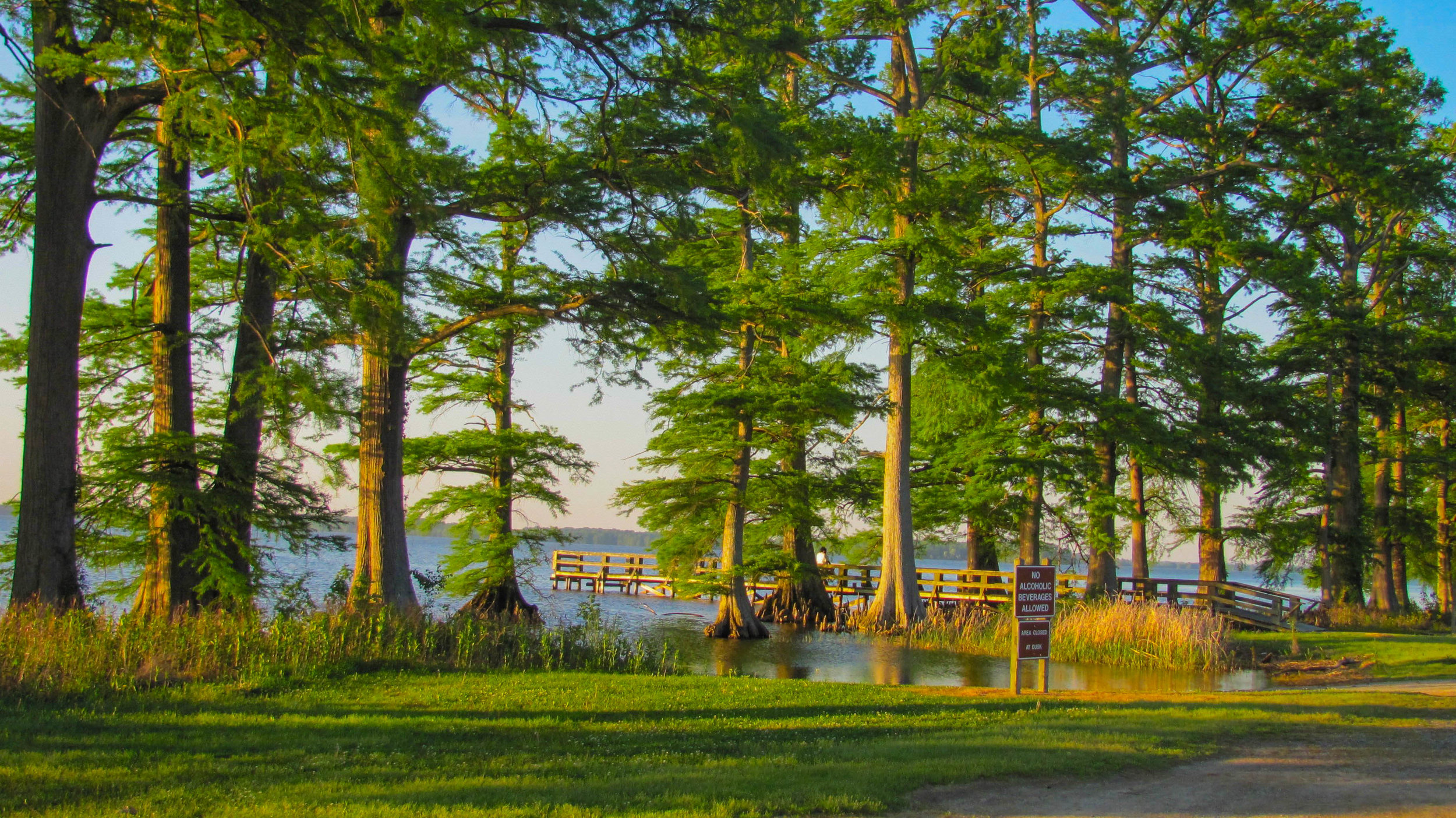Paragould, Arkansas
Greene County Courthouse
The Paragould Downtown Commercial Historic District (roughly bordered by Third Ave., Kingshighway, 3rd Street, and West Highland Street) contains structures that reflect such architectural styles as Twentieth Century Commercial, Classical Revival, & Minimal Traditional that were built between 1882 -1953. The district is significant for its direct association with the founding, planning and development of Paragould and the ensuing building boom fueled by the timber industry. Paragould was founded when the rail lines of rival railroad barons Colonel James Paramore and Jay Gould crossed at the site of present day Paragould. The town’s name came as a result of combining the names of the two railroad presidents and was submitted and accepted by the U.S. Post Office in 1882. Paragould was incorporated in 1883 and was little more than a timber camp. The area where the two railroads crossed became the served as the center of activity for the new town and at the intersections of Main and Front streets and Main and Pruett streets the first permanent structures were constructed.
Some buildings and structures of interest:
Collins Theater - 120 West Emerson Street
In 1925, the Capitol Theater was built at the corner of West Emerson and South Second Streets. The theater was built by the Bertig Realty Company and managed by John Collins. The theater hosted various types of entertainment including vaudeville artists, first run movies, and local theatrical events. In 1930 Will Rogers headlined a flood relief benefit show. In December, 1941, the theater held a world premiere of the movie, “The Man Who Came to Dinner”, starring Paragould native Richard Travis, Bette Davis, Ann Sheridan, and Jimmy Durante. The Collins family purchased the theater in 1936 and the building, now known as the Collins Theatre, is currently used for a community theater.
Green County Historic Courthouse - 307 Main Street
As Paragould grew in population and prominence a campaign was started to move the county seat to Paragould from Gainesville which had been the seat of government since 1840. In 1884, after a divisive election won by the narrow margin of 943 to 707, the county seat was moved to Paragould. A temporary structure was constructed on the east side of court square until a new permanent courthouse could be erected. The new courthouse was completed in 1888 at a cost of $14,700. The new two-story courthouse exhibited a restrained interpretation of the Beaux Arts style and was crowned by a graceful clock tower.
Paragould War Memorial - 307 Main Street
On the grounds of the courthouse square is the Paragould War Memorial. This monument is a 7-foot bronze Statue of Liberty replica that has the distinction of being the oldest Statue of Liberty outside this date of New York. The Paragould War Memorial was one of eight sculptures erected across the state following the end of the First World War. Seven of these depict "doughboy" figures. Only the Paragould War Memorial deviates from this trend with its depiction of the Statue of Liberty. The monument was unveiled on during ceremonies on Armistice Day, November 11, 1924.
The National Bank of Commerce Building - 200 South Pruett Street
This Classical Revival style building was designed by Hankers and Cairns. It is significant for its architecture, and was listed on the National Register of Historic Places in 1993. The National Bank of Commerce building was built to house the expanding activities of the bank. Bank directors chose the Memphis architectural firm of Hanker and Cairns to design the building which was completed in 1923. The building derives its primary significance from its architectural styling. Although it was not the only building in Paragould to reflect the Classical Revival style of architecture, the National Bank of Commerce was unique to the downtown district in that it was in direct contrast with the red brick-constructed, early twentieth century commercial buildings of Pruett Street. The National Bank of Commerce is the only one of the four early bank buildings which currently retains its integrity as many of the other downtown commercial buildings have either been razed or severely altered. Furthermore, the bank became the unquestioned finest example of commercial and institutional Classical Revival architecture in Greene County when the U.S. Post Office was drastically expanded and altered in 1964.
Gulf Oil Company Service Station - Corner of Main & South 3rd Streets
The Gulf Oil Company Service Station in Paragould was constructed in 1926. The property was bought by Paul Phillips in 1944 or 1945. Phillips is credited with maintaining and preserving the historic appearance of the building. After the station closed in 1969, Phillips repeatedly refused offers to rent the building for various businesses because he preferred that the building be left in its original state. His widow, Ruby Phillips has followed his example. While the Gulf Oil Service Station was not the first of this new architectural genre in Paragould, it is undoubtedly the finest extant example of its type and style in Paragould and Greene County.
Texaco Station No. 1 - East Main Street and South 2nd Streets
This building was built in 1924 originally as a Texaco Station although it changed the products its sold several times including Esso and Standard Oil. The building was also once used as a bus station and a used car dealership. In 1985 it was sold to Dottie Biddick and Marky Collum who began the Hamburger Station restaurant and drive-thru after making an addition to the rear of the building.
Visiting the Paragould Downtown Commercial Historic District
The Paragould Downtown Commercial Historic District can be viewed at any time.
There is no charge to visit the Paragould Downtown Commercial Historic District.
Explore the community of Paragould


















